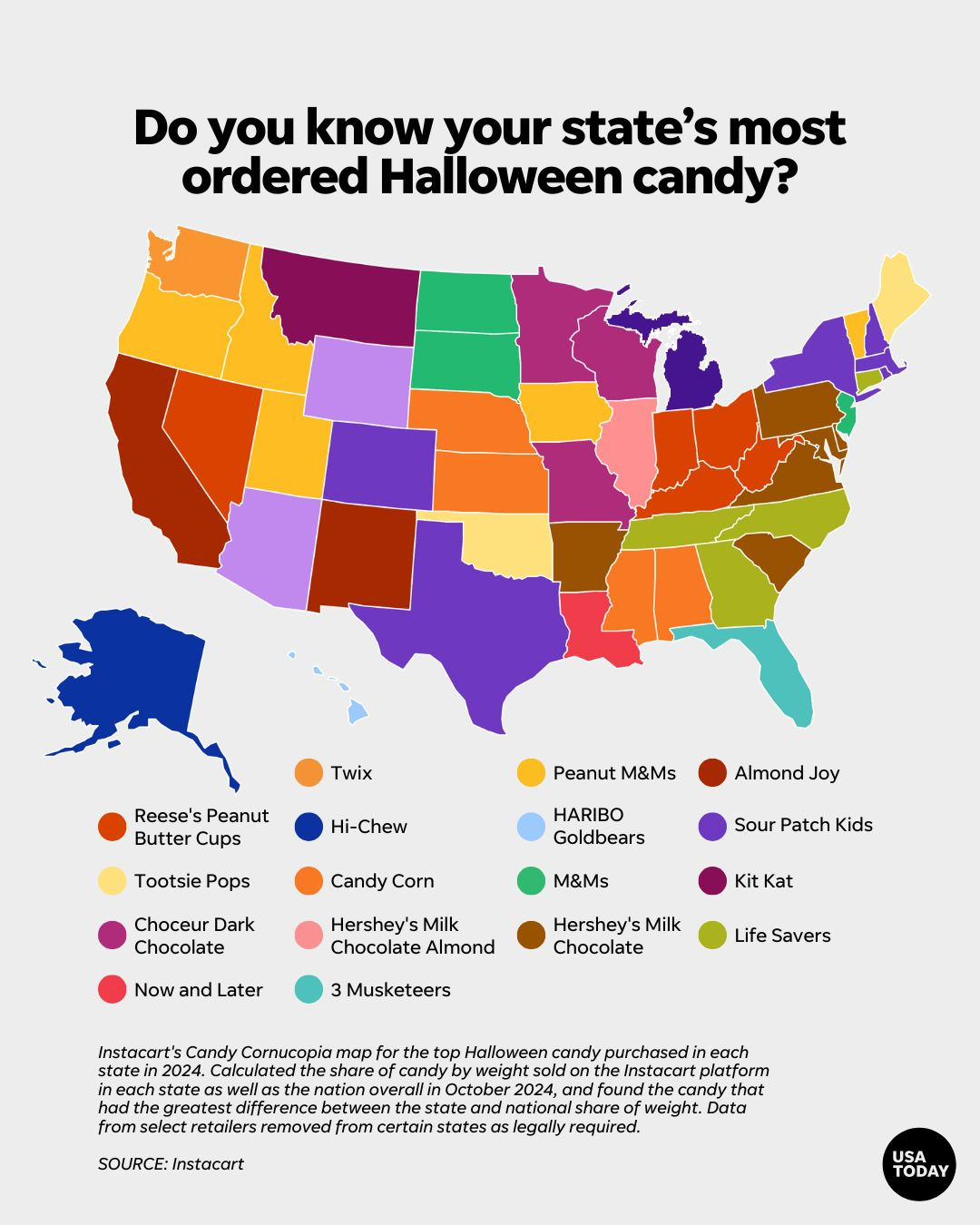Top 14 Predictions for Round 10
Team Ratings for Round 10
The basic method is described on my Department home page.
Here are the team ratings prior to this week’s games, along with the ratings at the start of the season.
| Current Rating | Rating at Season Start | Difference | |
|---|---|---|---|
| Stade Toulousain | 11.81 | 11.56 | 0.20 |
| Bordeaux Begles | 4.54 | 4.78 | -0.20 |
| Toulon | 4.28 | 3.49 | 0.80 |
| Stade Rochelais | 3.66 | 1.22 | 2.40 |
| Clermont | 3.64 | 1.88 | 1.80 |
| Section Paloise | 2.96 | 2.21 | 0.80 |
| Bayonne | 1.64 | 1.48 | 0.20 |
| Racing 92 | 1.28 | 1.88 | -0.60 |
| Montpellier | 0.61 | -0.21 | 0.80 |
| Stade Francais | 0.50 | -2.17 | 2.70 |
| Castres Olympique | -1.22 | 0.59 | -1.80 |
| Lyon | -1.86 | -0.45 | -1.40 |
| USA Perpignan | -6.09 | -3.37 | -2.70 |
| Montauban | -12.86 | -10.00 | -2.90 |
Performance So Far
So far there have been 63 matches played, 49 of which were correctly predicted, a success rate of 77.8%.
Here are the predictions for last week’s games.
| Game | Date | Score | Prediction | Correct | |
|---|---|---|---|---|---|
| 1 | Bayonne vs. Montauban | Nov 02 | 49 – 7 | 19.50 | TRUE |
| 2 | Castres Olympique vs. Bordeaux Begles | Nov 02 | 26 – 28 | 1.10 | FALSE |
| 3 | Montpellier vs. Clermont | Nov 02 | 7 – 9 | 4.20 | FALSE |
| 4 | Section Paloise vs. USA Perpignan | Nov 02 | 27 – 23 | 16.50 | TRUE |
| 5 | Stade Toulousain vs. Stade Francais | Nov 02 | 29 – 17 | 18.60 | TRUE |
| 6 | Toulon vs. Lyon | Nov 02 | 54 – 21 | 11.20 | TRUE |
| 7 | Stade Rochelais vs. Racing 92 | Nov 03 | 33 – 6 | 7.60 | TRUE |
Predictions for Round 10
Here are the predictions for Round 10. The prediction is my estimated expected points difference with a positive margin being a win to the home team, and a negative margin a win to the away team.
| Game | Date | Winner | Prediction | |
|---|---|---|---|---|
| 1 | Bordeaux Begles vs. Section Paloise | Nov 22 | Bordeaux Begles | 8.10 |
| 2 | Lyon vs. Clermont | Nov 23 | Lyon | 1.00 |
| 3 | Montauban vs. Stade Toulousain | Nov 23 | Stade Toulousain | -18.20 |
| 4 | Racing 92 vs. Bayonne | Nov 23 | Racing 92 | 6.10 |
| 5 | Stade Rochelais vs. Castres Olympique | Nov 23 | Stade Rochelais | 11.40 |
| 6 | USA Perpignan vs. Montpellier | Nov 23 | Montpellier | -0.20 |
| 7 | Stade Francais vs. Toulon | Nov 24 | Stade Francais | 2.70 |

Recent comments